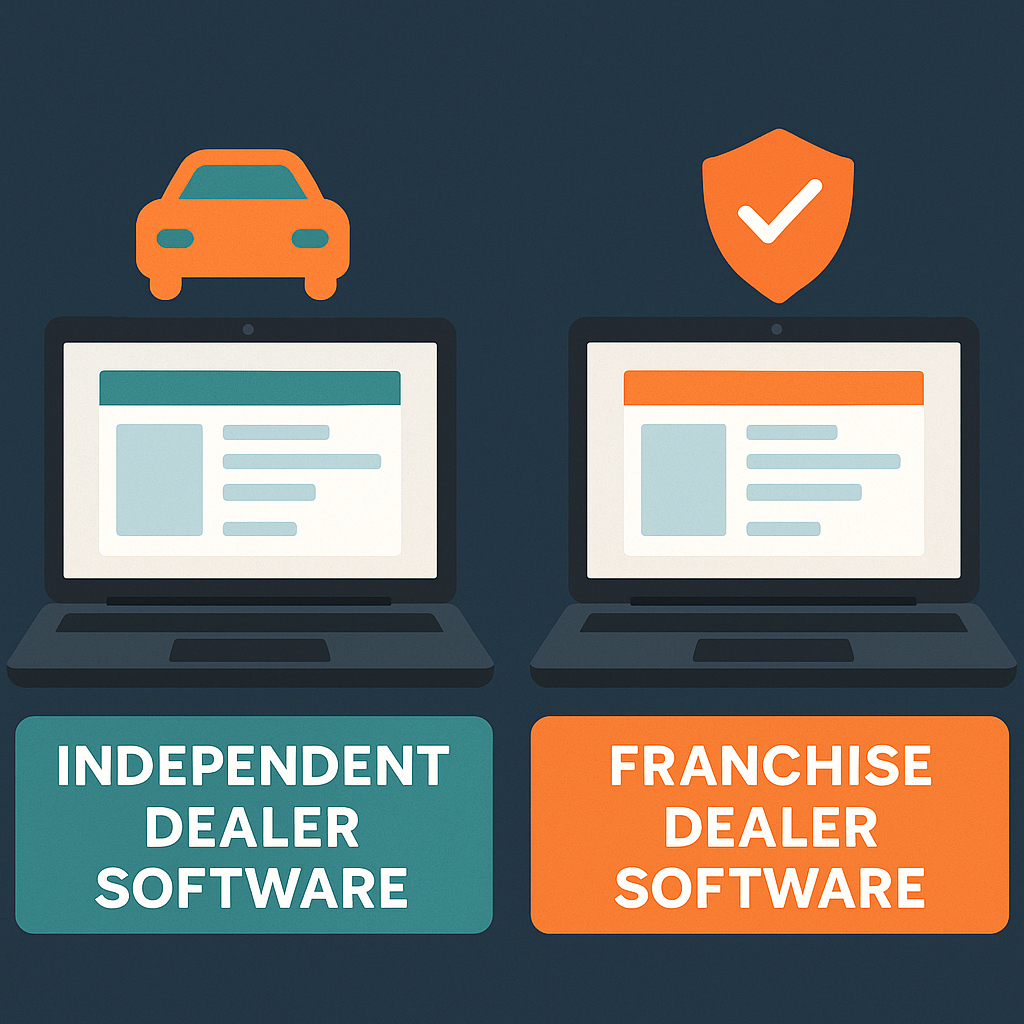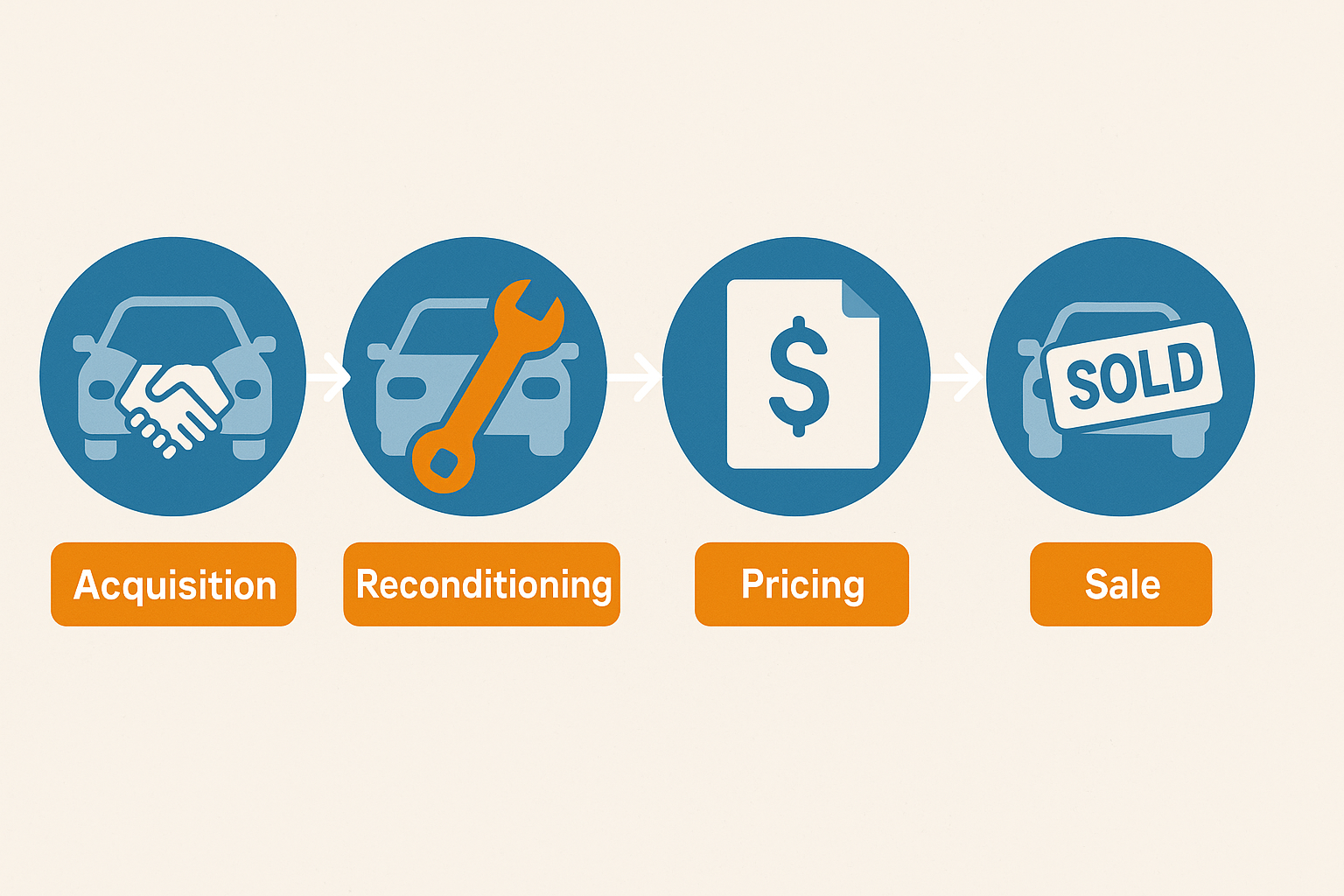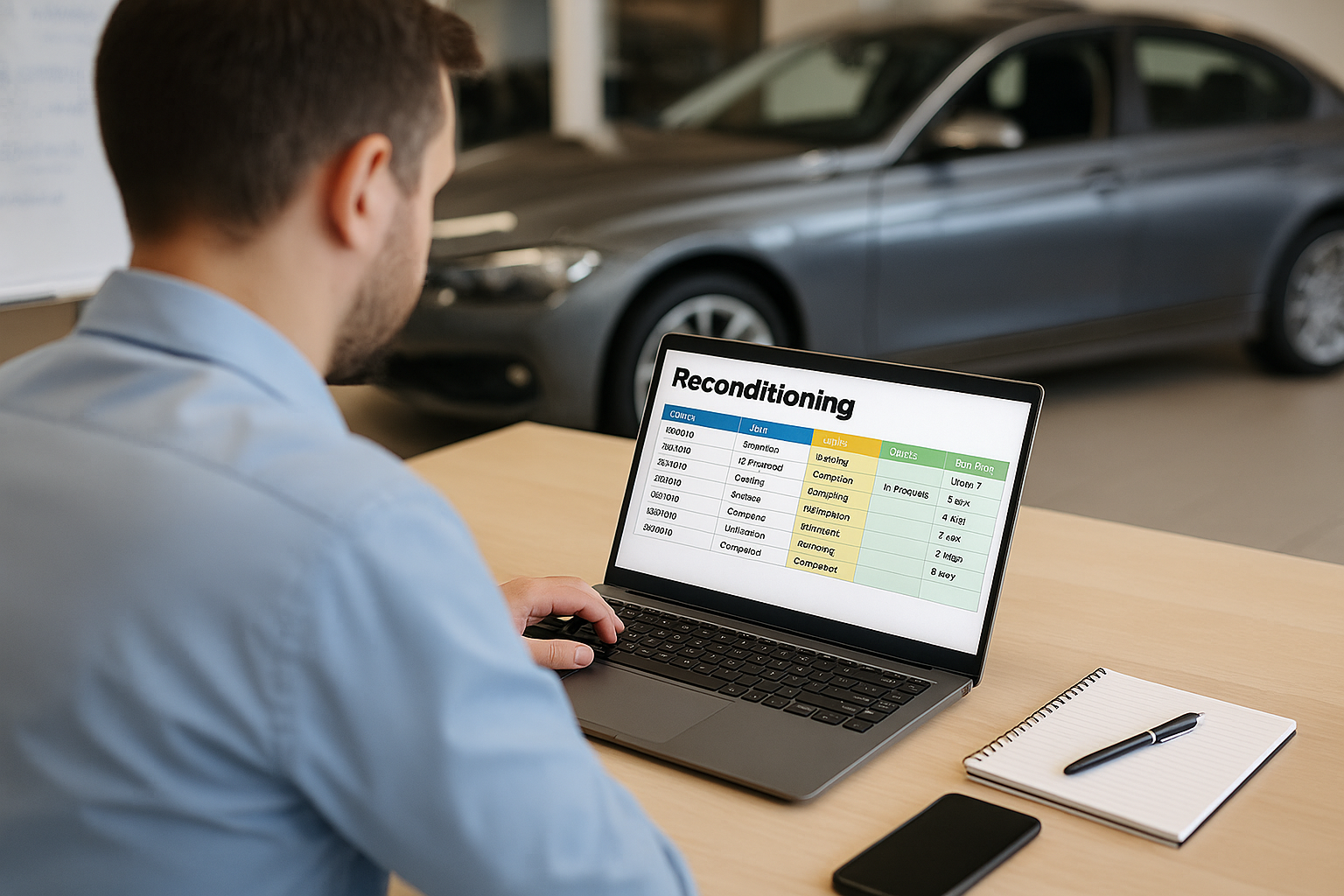For car dealers, managing costs is crucial to maintaining profitability and staying competitive in the ever-evolving automotive industry. One significant expense that often goes overlooked is flooring costs. Flooring costs refer to the financial burden associated with holding inventory, specifically vehicles, on a dealership lot. In this comprehensive guide, we’ll delve into the intricacies of flooring costs, strategies to optimize them, and how to strike the right balance between inventory size and financial sustainability.
Understanding Flooring Costs
1. Depreciation
One of the primary factors contributing to flooring costs is vehicle depreciation. As vehicles sit on your lot, they lose value. This is a critical consideration, especially for high-value models or slow-moving inventory. The longer a car remains unsold, the more it depreciates, increasing your flooring costs.
2. Interest and Financing
Financing is another significant component of flooring costs. When you purchase vehicles for your inventory, whether new or used, you often need financing, which includes interest payments. These interest expenses can accumulate quickly, especially if you’re carrying a large inventory.
3. Insurance
To protect your assets, you need comprehensive insurance coverage for your inventory. This adds to your flooring costs, and the rates can vary depending on factors like location and the types of vehicles you carry.
4. Storage and Maintenance
Maintaining a dealership lot comes with costs like property taxes, utilities, security, and routine maintenance. These expenses can significantly contribute to your overall flooring costs.
Optimizing Flooring Costs
Now that we’ve covered the various components of flooring costs, let’s explore strategies to optimize them:
1. Inventory Management
Effective inventory management is crucial. Regularly assess which vehicles are selling quickly and which ones are stagnating. By adjusting your inventory mix accordingly, you can minimize depreciation and interest expenses.
2. Turnover
Focusing on inventory turnover is key. The faster you sell a vehicle, the lower your flooring costs. Implement pricing and marketing strategies to move slow-moving vehicles more quickly.
3. Floor Planning
Consider using floor planning services offered by banks or financial institutions. These services provide inventory financing, often at lower interest rates than traditional loans. This can help reduce your interest expenses.
4. Regular Inspections
Conduct regular inspections of your inventory to identify and address issues promptly. This includes addressing cosmetic damage, maintaining proper storage conditions, and ensuring vehicles are in excellent condition to minimize maintenance costs.
5. Insurance Optimization
Work with an insurance professional to find the right coverage for your dealership. Tailoring your insurance policy to your specific needs can help reduce insurance costs.
Striking the Right Balance
Balancing your inventory size with your flooring costs is a delicate task. Here are some tips to strike that balance effectively:
1. Seasonal Adjustments
Consider seasonal fluctuations in demand when determining your inventory size. For instance, stock up on SUVs and trucks before winter if you’re in a region with harsh winters.
2. Analyze Historical Data
Analyze historical sales data to predict demand trends accurately. This can help you make informed decisions about inventory levels.
3. Collaborate with Manufacturers
Work closely with your manufacturer or distributor to get insights into upcoming models, market trends, and potential incentives that can impact your inventory decisions.
Flooring costs are a substantial expense for car dealerships, but with proper management and strategic decisions, they can be controlled and optimized. By understanding the components of flooring costs, implementing best practices for cost reduction, and striking the right balance between inventory size and financial sustainability, car dealers can thrive in a competitive market while keeping their costs in check. Stay vigilant, adapt to market changes, and continuously refine your strategies to ensure your dealership’s long-term success.
Explore related articles to learn more about software solutions for car dealerships:






